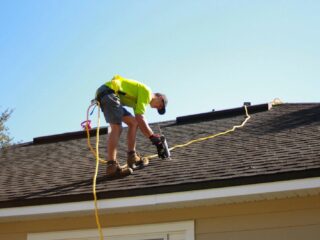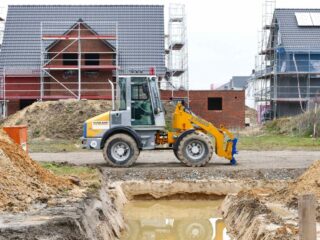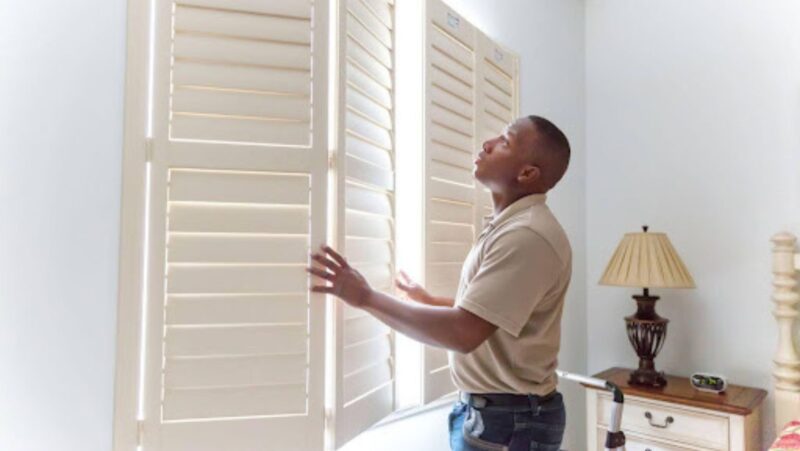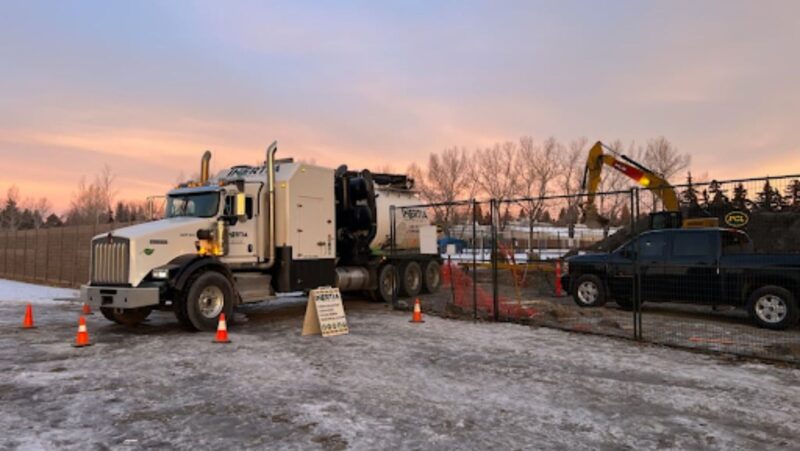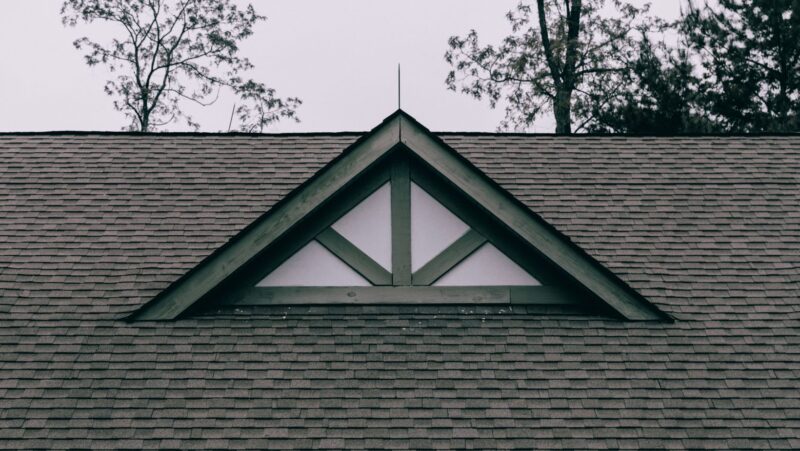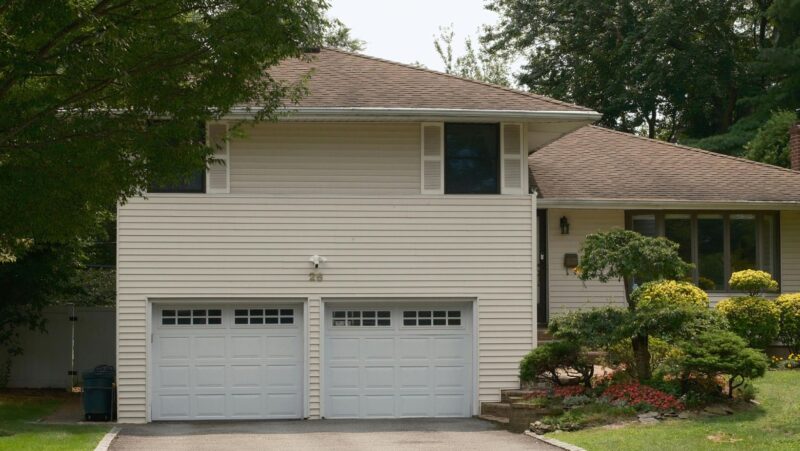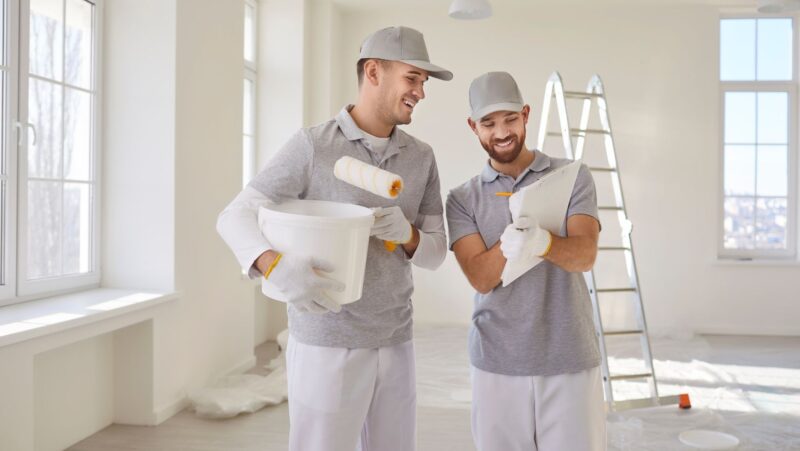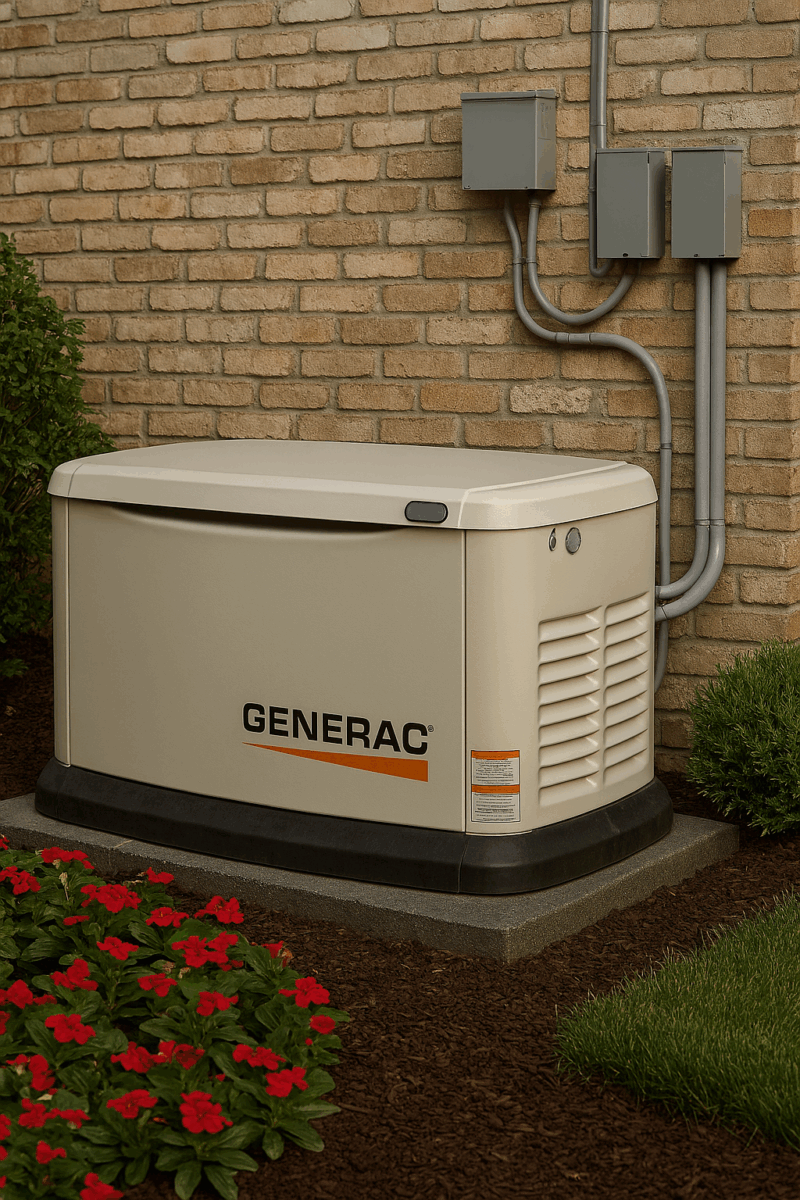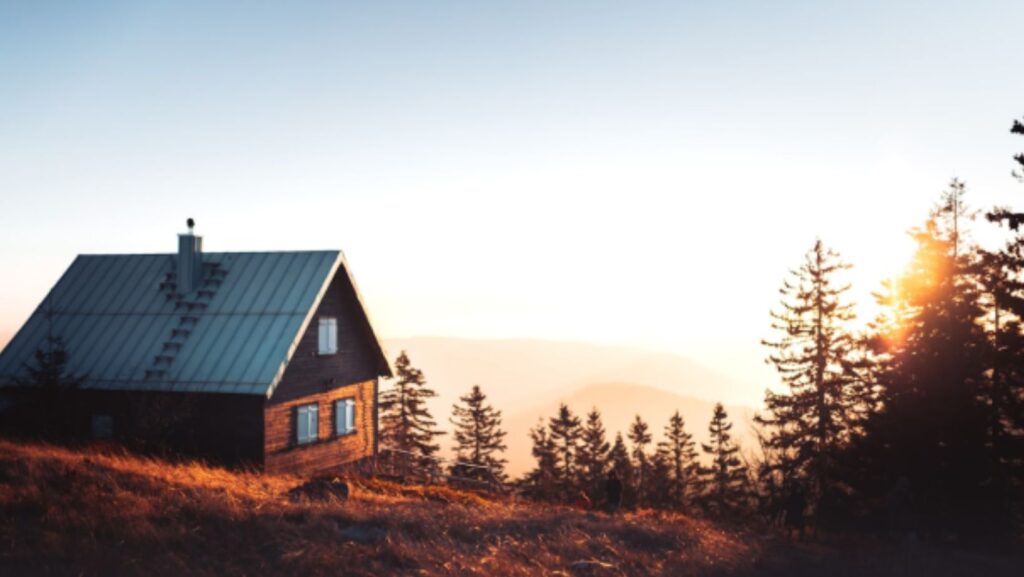
The value of the modular construction market globally is tipped to reach about 175 billion U.S. dollars this year. This is largely due to the quality of today’s prefabricated cabins, which blend smart design with practical construction methods that make wilderness living accessible without tearing up pristine landscapes or your bank account.
Unlike traditional stick-built homes that are constructed piece by piece on-site through rain, snow, and whatever else Mother Nature throws at them, prefab cabins take shape in controlled factory environments where weather delays and material shortages become non-issues.
The Advantages Of Prefab Cabins
Prefab cabins offer some perks that traditional construction can’t match. These factory-built options typically cost less than their counterparts because manufacturers buy materials in bulk and work more efficiently. Time is another massive advantage. While conventional cabins might keep you waiting through seasons of construction headaches, prefab structures can go from blueprint to move-in ready in a matter of months rather than years. Your cabin components are being built while your foundation is prepared, cutting the timeline dramatically.

These aren’t flimsy structures, either; they’re engineered to withstand highway transportation before they even reach your property, which means they’re built tough from the start. Many prefab cabins actually exceed local building codes because they must satisfy regulations in both their manufacturing location and final destination.
Perhaps the best advantage of all, however, is the customization factor. Today’s prefab options range from rustic woodland retreats to sleek modern designs with endless options for layouts, finishes, and features to match your design vision.
How Prefab Cabins Are Built
Unlike traditional construction, where framers, electricians, and plumbers trudge through your pristine property for months, prefab construction unfolds in a choreographed industrial ballet miles away from your building site. For a fast and stable foundation solution that complements this efficiency, many builders turn to Alberta screw piles.
It all begins in massive climate-controlled factories where skilled teams work in an assembly-line style, with specialized crews handling specific aspects of construction. One team might focus exclusively on framing, while others perfect plumbing systems or electrical wiring—all happening simultaneously rather than in the sequential order required by traditional building methods.
The foundation of prefab construction is precision. Computer-aided design tools create exact specifications for every component, eliminating the “measure twice, cut once” guesswork of onsite construction. Materials arrive at stations pre-cut to exact dimensions, reducing waste dramatically—up to 80% less than conventional building practices. This efficiency is better for the planet, and even more, efficiency is found because a sudden downpour, which usually might delay progress for days, has no effect on the indoor facilities where prefab is made. These facilities also maintain consistent temperatures and humidity levels, preventing warping and ensuring materials perform exactly as intended.
As modules take shape, they undergo rigorous quality inspections at multiple stages. Electrical systems get tested before walls are sealed up, insulation is verified for proper installation, and plumbing lines undergo pressure tests—all before leaving the factory floor. This multi-layered quality control simply isn’t possible with traditional construction methods, where inspections typically happen only at major milestones.
Once modules are complete, they’re wrapped in protective materials and loaded onto specialized transport vehicles. The final act happens at your property, where site preparation occurs simultaneously with factory production. When modules arrive, cranes carefully place each section onto the prepared foundation, where specialized crews connect them together, seal the seams, and make final utility hookups. What might take months in traditional construction often happens in days during this final phase.
How To Choose The Right Prefab Cabin
When shopping for a prefab cabin, it’s good to get brutally honest about how you’ll actually use the space. Weekend getaways demand different features than a four-season retreat or potential retirement home. Write down your non-negotiables before getting seduced by fancy features you might never use.
Consider these tips:
- Budget matters, obviously, but beware of deals that seem too good to be true—they usually are. Quality prefab cabins aren’t cheap, but they’re investments that pay dividends in durability. Look for manufacturers using commercial-grade materials rather than residential shortcuts.
- The location should drive many of your decisions. That gorgeous flat roof might look fantastic in a glossy brochure but it could spell disaster in heavy snow country. Similarly, wall-to-wall windows might offer breathtaking views but create energy efficiency nightmares in extreme climates.
- Don’t overlook the small details that make daily life comfortable. Kitchen layouts, bathroom configurations, storage solutions, and heating/cooling systems might seem boring compared to dramatic architecture, but they’ll impact your satisfaction daily.
- Research manufacturers thoroughly. Check how long they’ve been in business, what warranties they offer, and whether they’re certified by industry associations. Scroll through their online reviews, but better yet, ask to speak with past customers or visit existing builds.
Always think about future flexibility. Your needs might evolve—could your perfect cabin accommodate aging parents or growing kids? The ability to expand or reconfigure spaces might be worth prioritizing over current perfection. The beauty of the many cabin options available now means all of the above can be taken into consideration.
Want To Know More About Home And Garden Care?
Active Property Care has lots more how-to guides and information to help you build your dream home. We have expert advice, tips, and inspiration to help you transform your space and unlock the full potential of your property!






